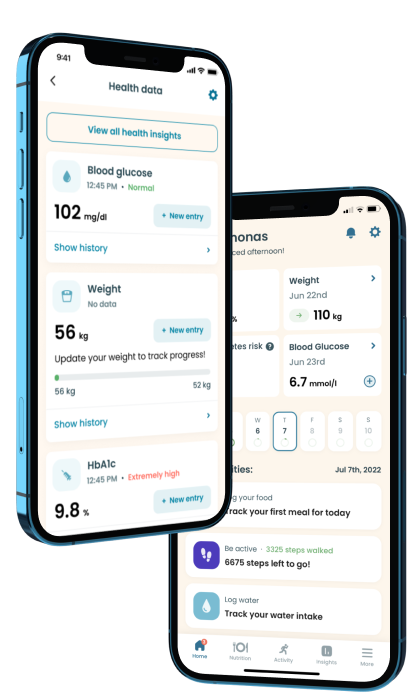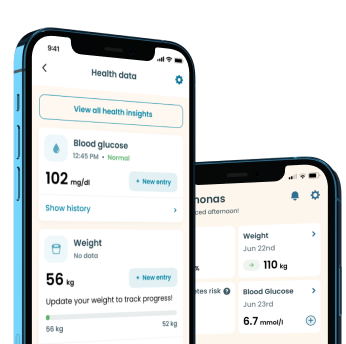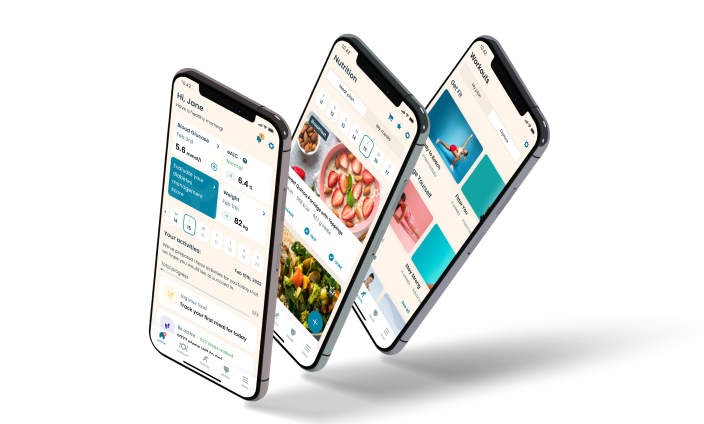Wheat and Diabetes

It's ok
70
364 kcal
Watching what you eat is a major component of your diabetes treatment plan. You know that you should watch your carbohydrate intake because carbs can cause a spike in your blood sugar and exacerbate your symptoms. So does that mean you should avoid wheat? It definitely pays to pay attention to the relationship between wheat and diabetes, but you may not need to avoid it altogether. Here’s what you need to know.
Why Wheat and Diabetes Matter
Foods that are made with wheat contain carbohydrates. For that reason, you need to be conscious of your intake so you can control your blood sugar. You may wonder if you should follow a gluten free diet. The 3 grains that are not gluten-free are wheat, rye and barley and skipping them could help you control your carb intake, but it’s not necessary to give them up if you don’t want to.
Choosing the Right Wheat Foods
While it’s necessary to watch your carbs, you do need some each day. That’s because they provide your body with energy. Foods that contain carbohydrates also tend to be a good source of fiber. Fiber is vital because it helps slow down digestion, which helps control blood sugar and appetite. For that reason, gluten and diabetes don’t have to be mutually exclusive.
When you look for wheat bread and diabetes and other products made with wheat flour for diabetes, choose those that are whole grain. Whole grains have more fiber and fewer simple carbohydrates. That optimizes your intake and helps keep blood sugar in check.
Diabetes and Celiac Disease
Unless you have celiac disease, a gluten-free diet isn’t necessary, even if you have diabetes. However, there’s some evidence that such a meal plan can be beneficial for the disease, especially if you have type 1 diabetes, which is linked to celiac disease since both are autoimmune conditions.
Avoiding gluten can help you control your sugar and carbohydrate intake, but you should be sure you’re still getting complex carbs from other sources. Foods that generally contain gluten include cereal, bread, crackers, pasta and baked goods. If you’re following a gluten-free diet, you can find these products made with alternative flours, but you still need to be conscious of their carb content.
Finding the Right Balance
Whether or not you have decided to go gluten-free, your diet still needs some carbs. Complex carbs are the best way to satisfy your needs, while also helping you control your blood sugar levels. Whole grains are an ideal source, but if you’re following a gluten-free diet, you’ll need to look to other sources. Fruits, vegetables and beans are great choices.
You can also choose alternate grains, such as oats and quinoa. Not only are these foods a healthy part of your meal plan, but they also provide the additional benefit of helping to control blood sugar by optimizing digestion.
Having diabetes doesn’t mean that you can’t enjoy wheat foods. The trick is choosing those that contain whole wheat so that you’re getting their benefits without skewing your blood sugar. If you have type 1 diabetes, it makes sense to talk about a gluten free diet with your doctor. Otherwise, there’s no reason you can’t continue eating wheat foods.
Nutritional value
- Protein 10 g
- Carbohydrate 76 g
- Fat 1 g
- Fiber 2.7 g
- Sugar 0.3 g
- Cholesterol 0 g

Download Klinio app!
Get more by downloading our free Klinio App. Analyze your health, form new habits and manage your diabetes anytime, anywhere.
OR
SCAN QR CODE



GET THE APP











